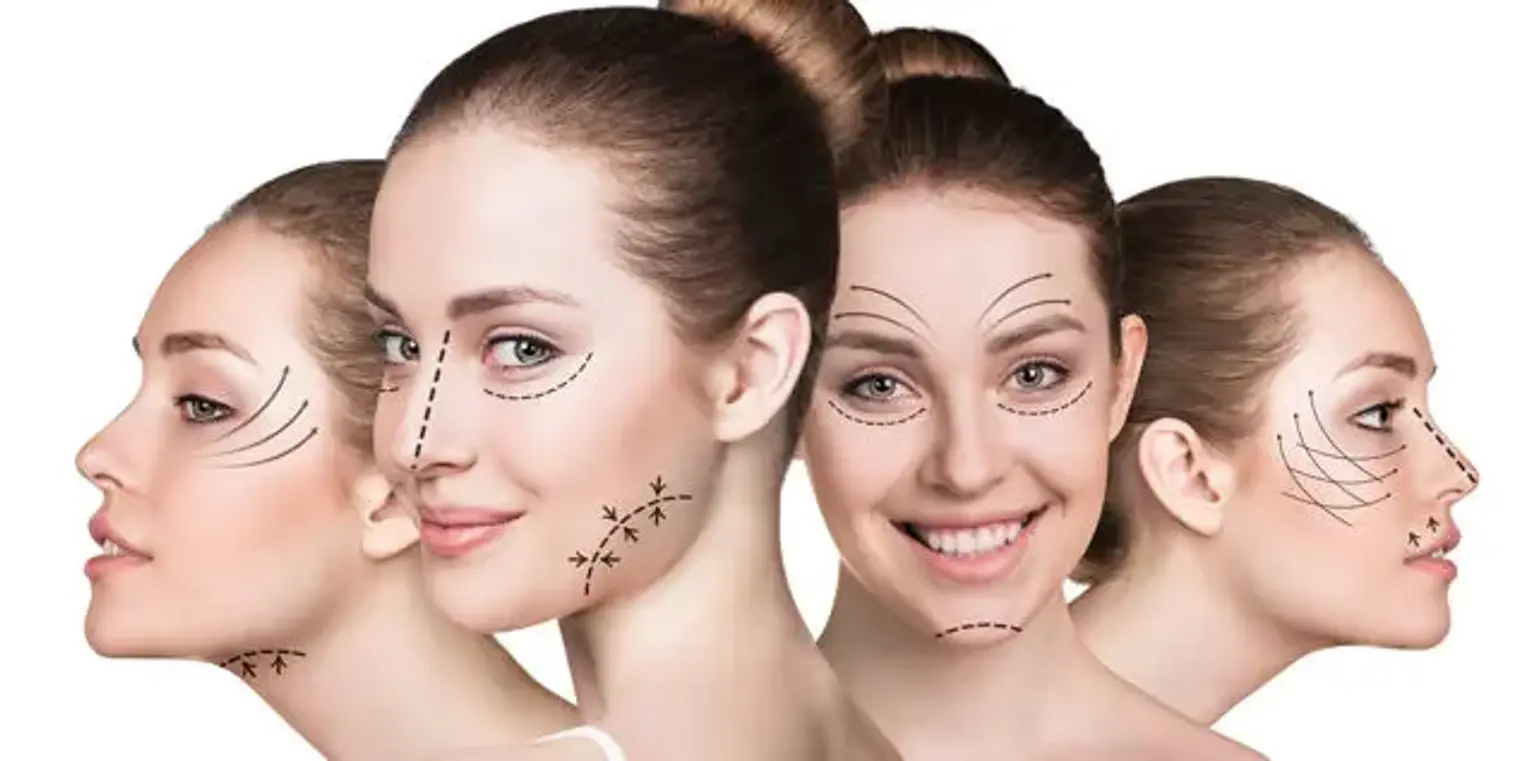Introduction
Petite-style plastic surgery refers to cosmetic procedures tailored specifically for individuals with smaller frames, aiming to enhance their natural proportions without compromising the balance of their body. As more women and individuals with petite figures seek ways to improve their appearance, the demand for customized procedures has grown significantly. These surgeries are designed to fit the unique needs of smaller bodies, enhancing features such as the face, breasts, and body contours while maintaining harmony with the overall proportions.
What is Petite-Style Plastic Surgery?
Petite-style plastic surgery involves customizing aesthetic procedures to suit individuals with smaller or more delicate frames. Unlike traditional procedures, which may not always account for size or proportion, petite-style surgeries are specifically designed to preserve the natural aesthetic of a small body. This can include smaller implants for breast augmentation, delicate rhinoplasty for petite noses, or facial contouring to enhance a small jawline. The goal is to achieve a more balanced and refined appearance while maintaining natural, proportional beauty.
Popular Plastic Surgery Procedures for Petite Individuals
Several procedures are commonly sought by petite individuals to enhance their natural beauty:
Breast Augmentation: Smaller implants are used to enhance the breast size without overwhelming a small frame.
Rhinoplasty: The nose is often reshaped to match a petite face, creating a balanced and proportionate look.
Liposuction: This procedure can help sculpt the body by removing excess fat in areas like the abdomen, thighs, or hips.
Facial Contouring: Procedures like jawline surgery or eyelid surgery can refine smaller faces, providing more definition.
Each of these procedures is customized to fit the proportions of the individual, ensuring a result that feels natural and harmonious.
